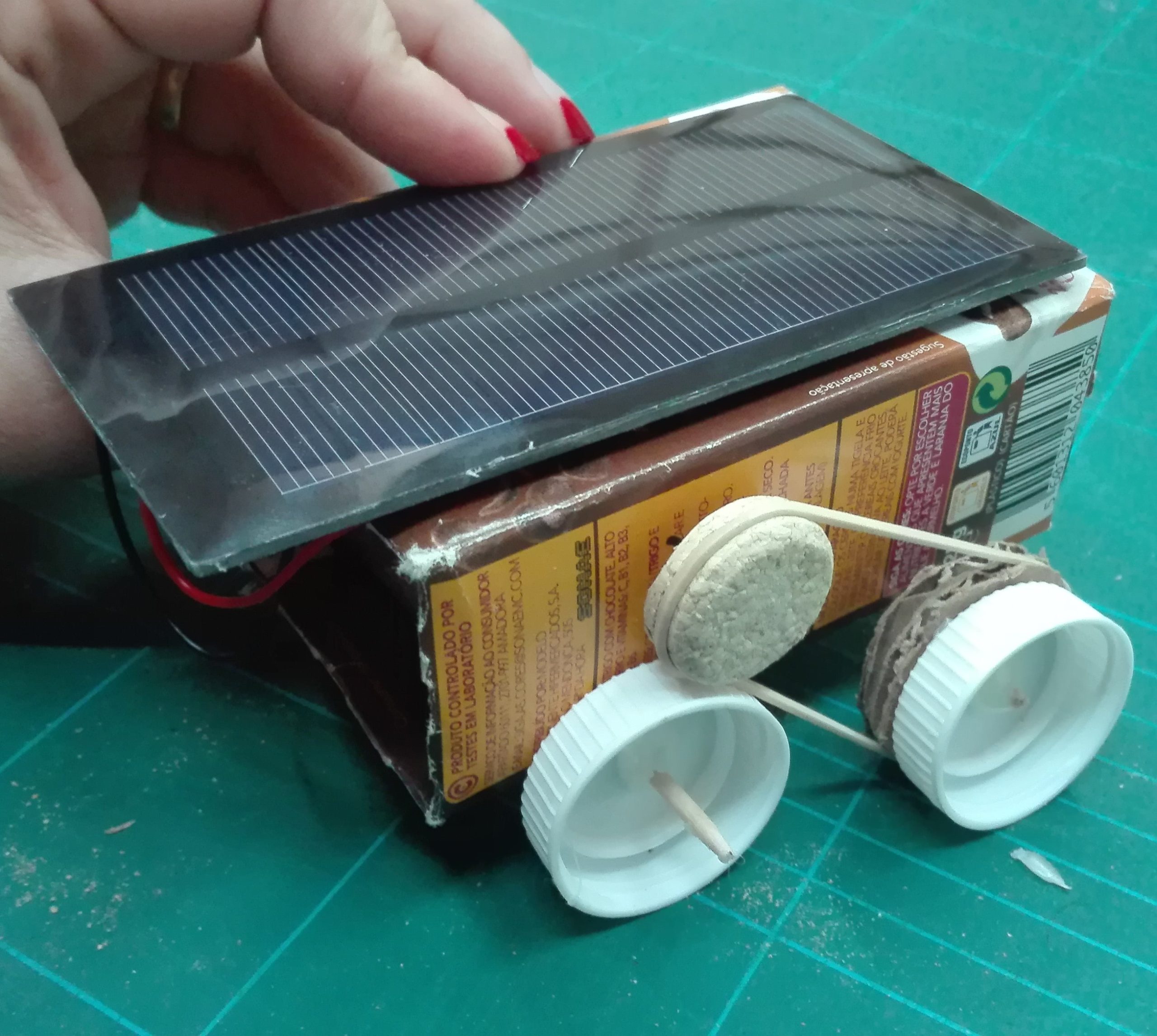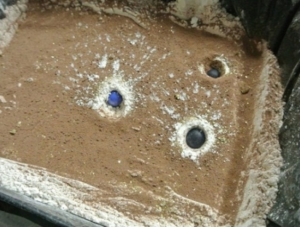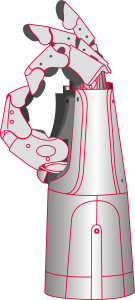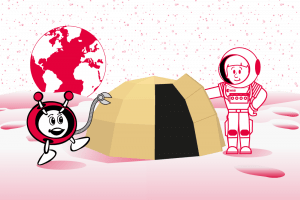Moon Rover – Building a solar powered rover
In this activity, students will compare the advantages and disadvantages of renewable energy sources and non-renewable energy sources and study simple electrical circuits.
Using the Moon as context, students will build a small motor and a solar cell. They will also identify the main features their rover must have in order to go to the Moon, and improve their inital rover design.
Learning Objectives
Age range:
8-14 years old
Time
Lesson: 1 hour 30 minutes
Resource available in:
Activity 1: Powering a Lunar Rover
In this activity, students learn about the advantages and disadvantages of renewable sources of energy. They will learn about the Moon environment and consider which is the best power source for a lunar rover. The students will also sketch simple electrical circuits.
Equipment
Activity 2: Build a Solar-powered Rover
In this activity, pupils will build a solar-powered rover using a solar cell, a motor, and craft supplies.

Equipment
Did you know?
A Moon rover will have to be designed to travel to unfamiliar rocky terrain, covered with regolith and with unkown slopes. The rover should have specially designed wheels that can overcome these conditions wihtout having any problems. It will also have to carry scientific instruments such as cameras and drills to take samples. The rover should also have autonomy and power to cover long distances.

ESA's light-studded Rover Autonomy Testbed
Keywords:

Tell-tale signs of a shooting star – Comets, meteors and craters in the Solar System
Brief description: To many ancient civilisations, the tale of a shooting star was an omen of things to come. In this series of activities, pupils

Bionic Hand – Building a bionic hand
Brief description: In this activity, pupils will build a bionic hand made out of cardboard, strings, straws and rubber bands. They will relate the bionic

Moon Shelter – Investigating different shelters on Earth and in space
Brief description: In this set of activities, pupils will analyse the importance of having shelter for protection on Earth and in space. Pupils will compare



